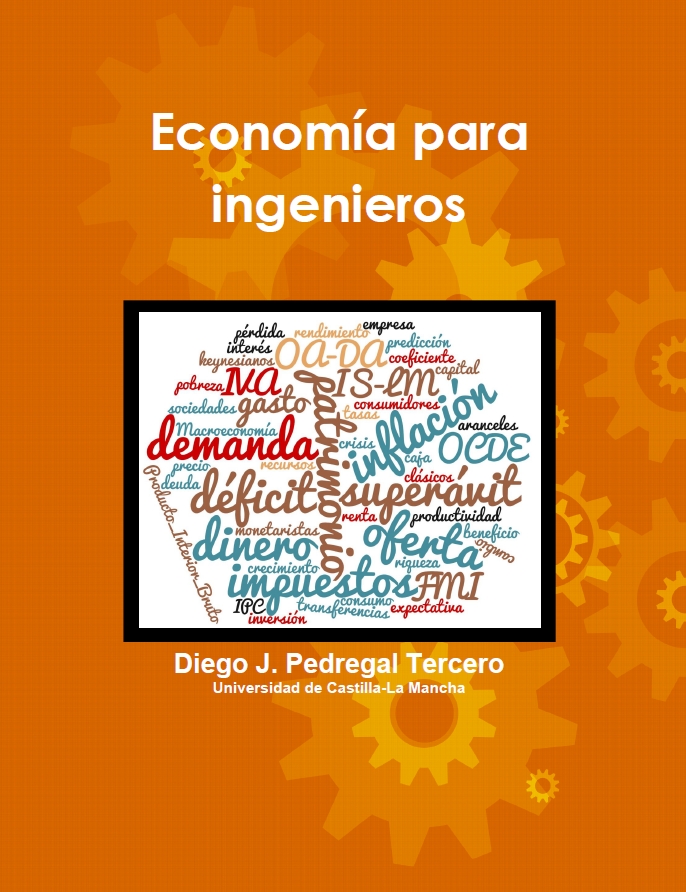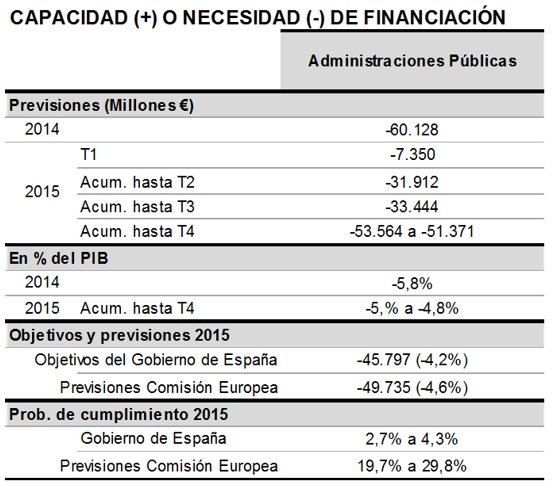Last week I attended the ITISE2018 conference in Granada, Spain (5th International Conference on Time Series and Forecasting). It is a nice conference, not too big, quite multidisciplinary and in a rather nice setting. Attendants had also the chance to speak to really interesting people working on time series modelling and forecasting from many different perspectives, big data included. Some of the people around were first rank (Peter M Robinson or Andrew C Harvey among others are good examples).
I just gave a short talk (jointly prepared with D Villegas, M Villegas and JR Trapero) on SSpace (see slides here). This is a MATLAB toolbox for State Space modelling and forecasting in a very flexible and efficient way (it will come up soon in the Journal of Statistical Software). It has many advantages on other pieces of software about SS modelling:
- It is free.
- It incorporates up-to-date algorithms, models and methods on SS systems. It allows for rather general linear Gaussian models, non-Gaussian models and non-linear models.
- The models are specified by writing a MATLAB function. In this way, the user has complete flexibility to specify the model.
- Templates for general and particular models in SS forma are provided with the toolbox.
- We have tried to make the toolbox as friendly as possible to the user. For example, there is only one function for filtering regardless of the type of model, this means that such function selects internally whether the model is linear-Gaussian, non-Gaussian or non-linear. Then, the user neither have to worry about the type of system is using nor select and remember the correct function name for the appropriate filtering function, reducing the risk of errors. This is just one example of many.
- This design makes possible a full time series analysis with just a few functions with a code that is rather simple and repetitive, i.e. easy to remember. Even those who are not interested in State Space modelling would find the toolbox compelling. Function names were chosen following nemonic rules, so that the user have to remember just a few names and will be easy to locate those functions forgotten.
- The toolbox is provided with eight examples with thorough explanations that introduce the user to all the features of the toolbox.
In summary, a pleasant conference that gave me the opportunity to disseminate a bit the work we have done during the last years.






